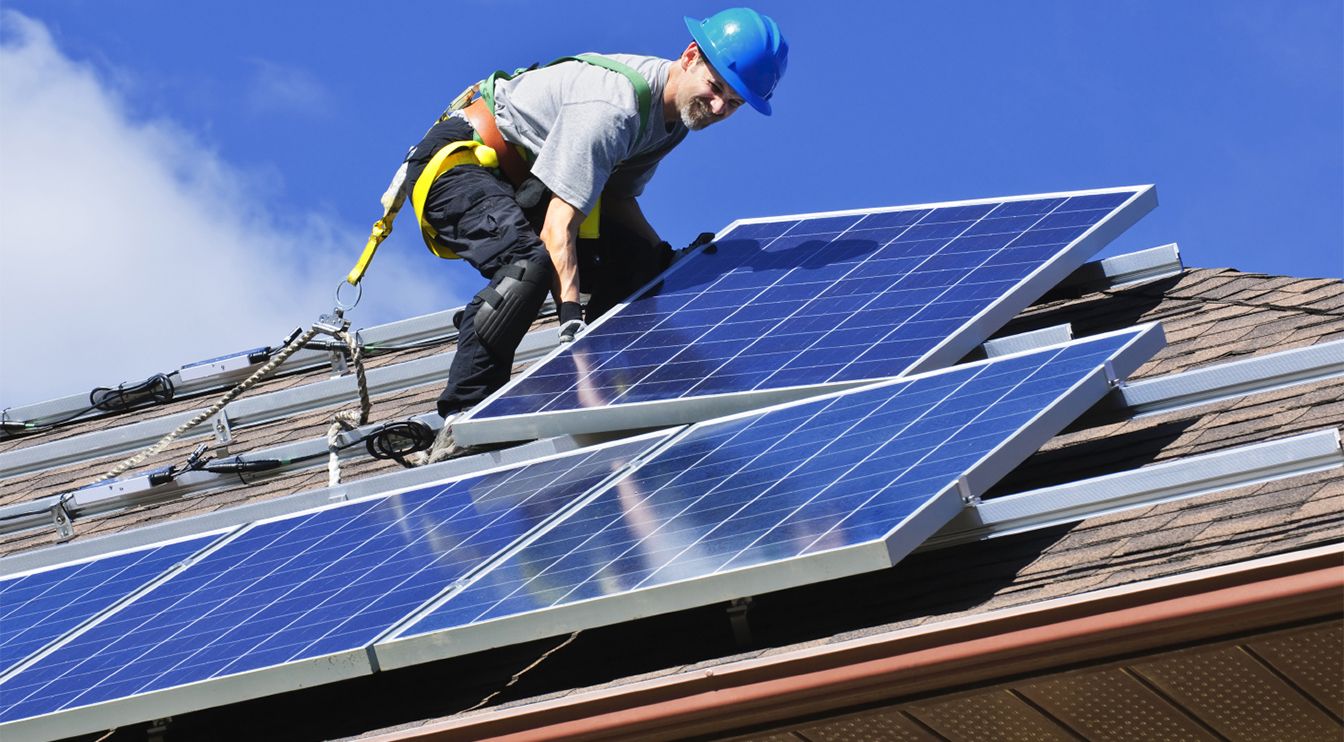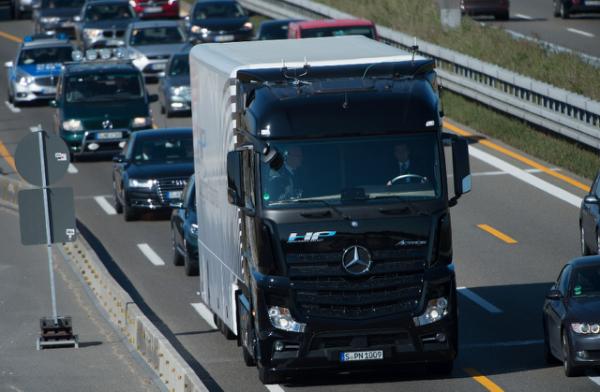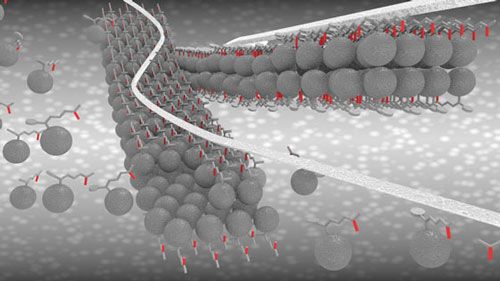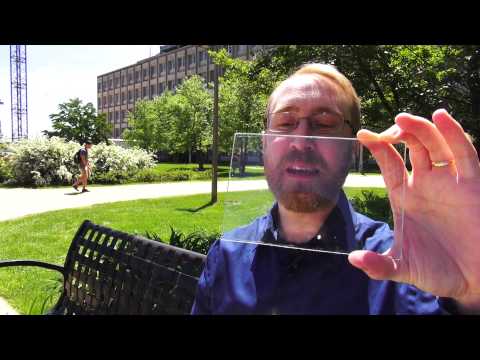The Swedish government announced this week that they will be spending an extra US$546 million on renewable energy and climate change action in their 2016 budget, with the aim of becoming one of the world’s first nations to end its dependence on fossil fuels. They haven’t set a deadline for this ambitious goal just yet, but last year the country announced plans to make its capital Stockholm fossil fuel-free by 2050, so we’re imagining a similar time frame.
It may seem like a pretty big task, but the Scandinavian country already gets two-thirds of its electricity from non-fossil fuel energy sources — predominately hydroelectric and nuclear — and it will now be focussing on increasing its solar and wind energy potential, as well as making its transport industry more sustainable. The majority of the budget increase will be financed by heavier taxes on petrol and diesel fuel.
“Sweden will become one of the first fossil-free welfare states in the world,” Prime Minister Stefan Löfven told the press. “When European regulations do not go far enough Sweden will lead the way.”








